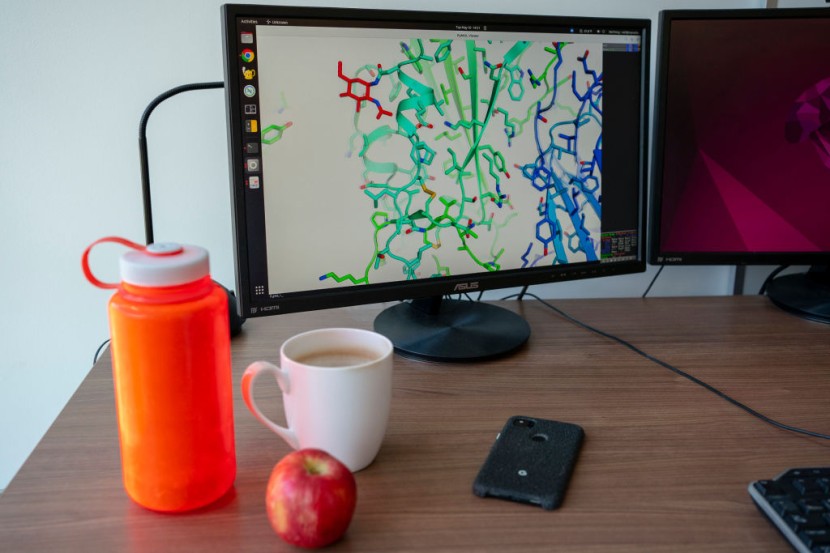
- Scientists unveil a new human DNA structure known as the "pangenome"
- The new edition is more accurate and inclusive than the first draft sequence released more than two decades ago
- This would help scientists understand more about human biology and assist in the development of personalized medicine
Scientists have unveiled a more accurate structure of the human DNA, known as the "pangenome," which could significantly contribute to better medicine and healthcare processes.
This comes more than two decades after scientists initially released a human genome draft sequence. The Book of Life has been rewritten and is considered a more accurate and inclusive edition of our genetic code.
New Human DNA Structure Pangenome
It was published on Wednesday and marked a major step toward a deeper understanding of human biology and personalized medicine for individuals from various racial and ethnic backgrounds. The previous reference was made primarily with the analysis of the DNA of one mixed-race man from Buffalo and had input from a few dozen other individuals of mostly European descent.
But the new pangenome incorporates near-complete genetic sequences from 47 men and women who have diverse origins. These include African Americans, Caribbean Islanders, East Asians, West Africans, and South Americans, as per the New York Times.
The latest edition also represents a crucial tool for scientists and clinicians hoping to identify genetic variations associated with various diseases. The researchers added that the pangenome promises to deliver treatments that will benefit everyone, regardless of race, ethnicity, or ancestry.
In a statement, a geneticist and deputy director general of the European Molecular Biology Laboratory, Ewan Birney, who was not involved in the research, said that the new structure was long-need and noted that the team did a very good job with their efforts.
He added that revealing the pangenome will greatly improve humans' fine-grained understanding of variation. Birney noted that that research would then open new opportunities for clinical applications.
A More Accurate Genome Sequence
The researchers documented their findings in a group of papers published on Wednesday in the journal Nature. An evolutionary geneticist at the National Autonomous University of Mexico, Mashaal Sohail, who was not involved in the research, added that the pangenome is an "exceptional advance," according to the Smithsonian Magazine.
Using a reference genome is crucial in the medical industry as doctors use the genetic blueprint to identify patient mutations. They also use it to diagnose genetic conditions, while scientists use it to compare DNA sequences in research.
Scientists used advanced computational techniques to create the pangenome by aligning all genome sequences. With these techniques, they could fill in gaps left by the original reference, adding more than 100 million new DNA letters to the three-billion-long code.
Co-first author Wen-Wei Liao said that the human pangenome reference would help people represent tens of thousands of novel genomic variants in the regions of the genome that scientists previously had no access to, said CNBC.
Related Article: Mosquitoes Get Attracted Based on Your Soap's Smell, Study Says








